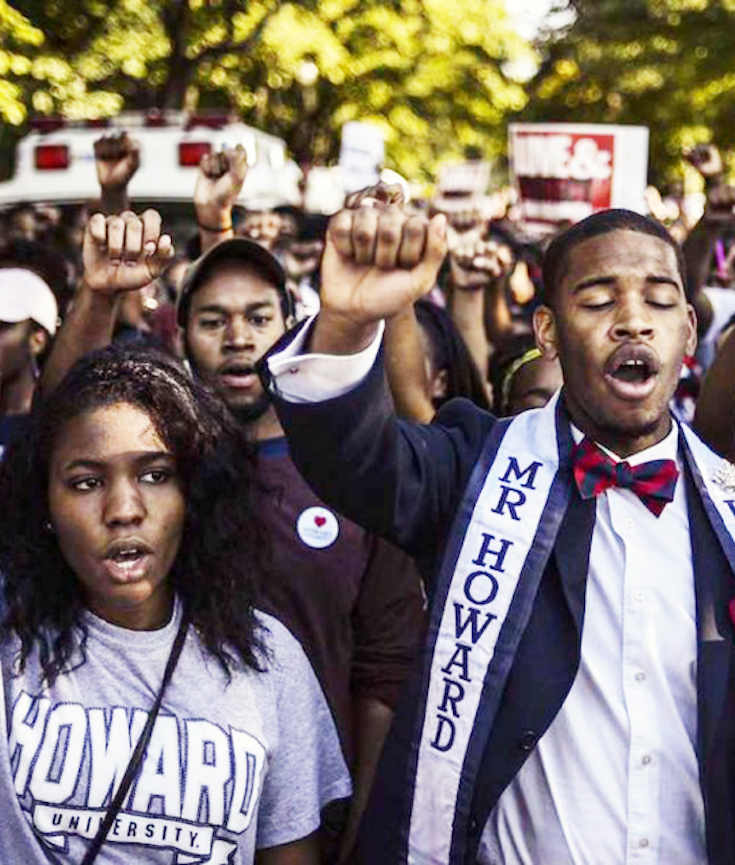[dropcap]The[/dropcap] provision, designed specifically to give the state the power to close Elizabeth City State University, a Historically Black College and University (HBCU), reflects a troubling reality for the nation’s Black schools.
Despite a recent spike in Black enrollments due to a growing racial resentment that is being felt nationwide, many of the HBCUs are at the verge of financial collapse, with some — such as Wilberforce and South Carolina State University — facing the loss of accreditation due to persistent debt. Even among the more stable of the HBCUs, the reality of this cash crunch is acutely felt. [mc4wp_form id=”6042″]
“The combination of fewer students who can arrange financial aid, coupled with high school counselors who are steering students to less expensive state and junior colleges, has resulted in lower enrollment and this trend is expected to continue,” Howard University Trustee Renee Higginbotham-Brooks wrote in her much-quoted critique letter.
 Jack Hollingsworth via Getty Images | Photo Credit
Jack Hollingsworth via Getty Images | Photo Credit
 Official White House Photo by Chuck Kennedy | Photo Credit
Official White House Photo by Chuck Kennedy | Photo Credit
NATIONAL MUSEUM OF AFRICAN AMERICAN HISTORY & CULTURE | WASHINGTON, DC
The National Museum of African American History and Culture is the only national museum devoted exclusively to the documentation of African American life, history, and culture. It was established by Act of Congress in 2003, following decades of efforts to promote and highlight the contributions of African Americans. To date, the Museum has collected more than 36,000 artifacts and nearly 100,000 individuals have become charter members. The Museum opened to the public on September 24, 2016, as the 19th and newest museum of the Smithsonian Institution. (Website).


You must be logged in to post a comment.